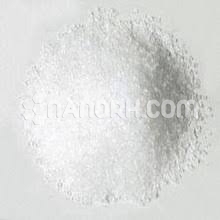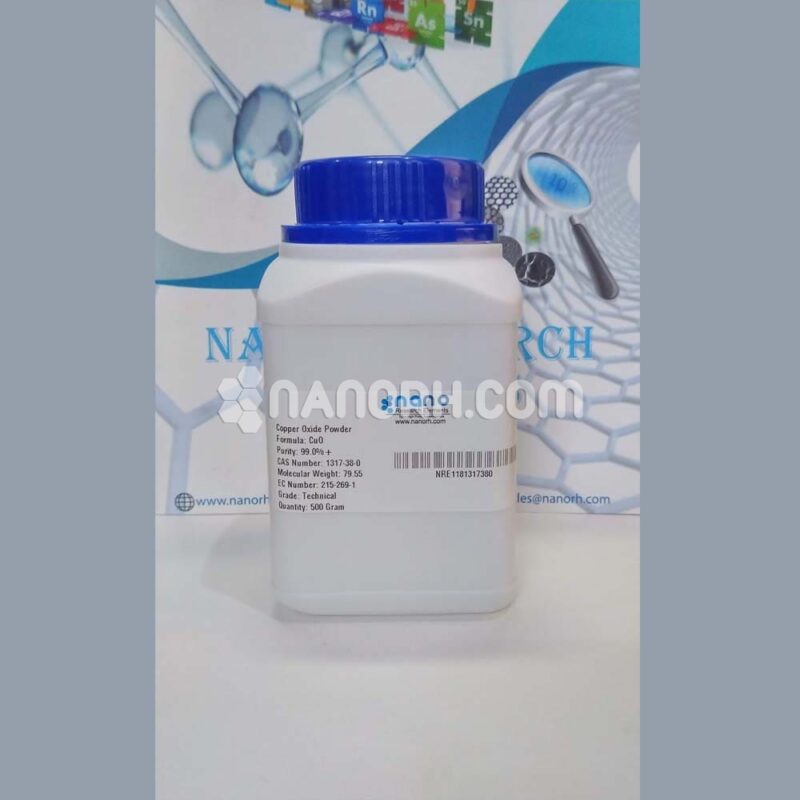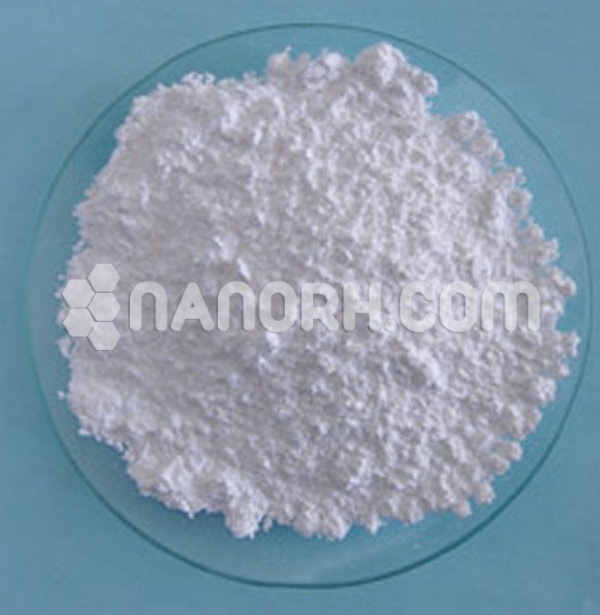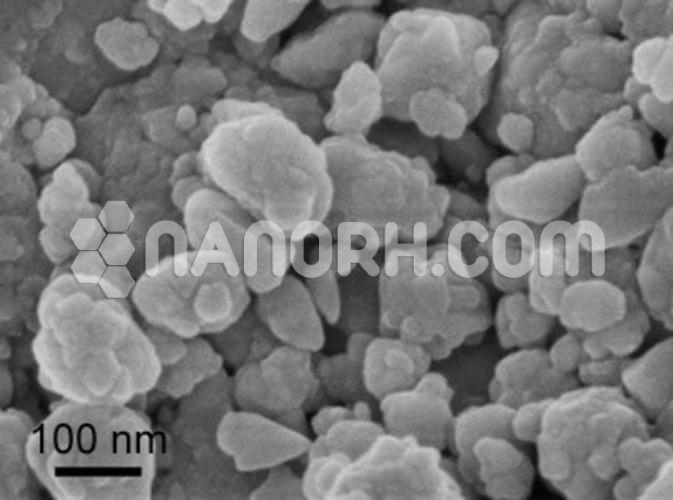| Lithium Borohydride Powder | |
| Product No | NRE-11150 |
| CAS No. | 16949-15-8 |
| Formula | LiBH4 |
| Molecular Weight | 21.78 g/mol |
| APS | <60 µm (can be customized) |
| Purity | 95% |
| Density | 0.66 g/cm³ |
| Color | White |
| Melting Point | 268 ºC |
| Boiling Point | 380 °C |
Lithium Borohydride Powder
Lithium borohydride (LiBH4) is a chemical compound that has attracted significant attention in the field of hydrogen storage due to its high hydrogen content. While it has been studied for various applications, it has faced challenges in terms of stability and regeneration. Some of its potential applications include:
Hydrogen Storage: Lithium borohydride is one of the materials investigated for hydrogen storage applications, as it has a high hydrogen content by weight (18.5%). However, challenges such as the slow kinetics of hydrogen release and the need for high operating temperatures have hindered its practical implementation.
Chemical Hydrogen Storage: It can be used as a hydrogen source in chemical reactions. Its ability to release hydrogen upon decomposition has made it useful in the field of organic synthesis, especially for hydrogenation reactions.
Hydrogen Fuel Cells: Despite the challenges associated with its use, researchers have explored the potential of lithium borohydride as a hydrogen source for fuel cells, aiming to develop efficient and clean energy sources.
Additive for Rocket Propellants: Lithium borohydride has been investigated as an additive for rocket propellants due to its high hydrogen content. Its potential use in this area depends on its ability to release hydrogen quickly and efficiently.
Chemical Synthesis: It can be utilized as a reducing agent in various chemical synthesis processes. Its ability to release hydrogen during reactions makes it useful in organic and inorganic chemical transformations.
Hydrogenation Reactions: Lithium borohydride is used in various hydrogenation reactions in the pharmaceutical and chemical industries. Its use in the reduction of functional groups, such as carbonyl groups, has been explored.




